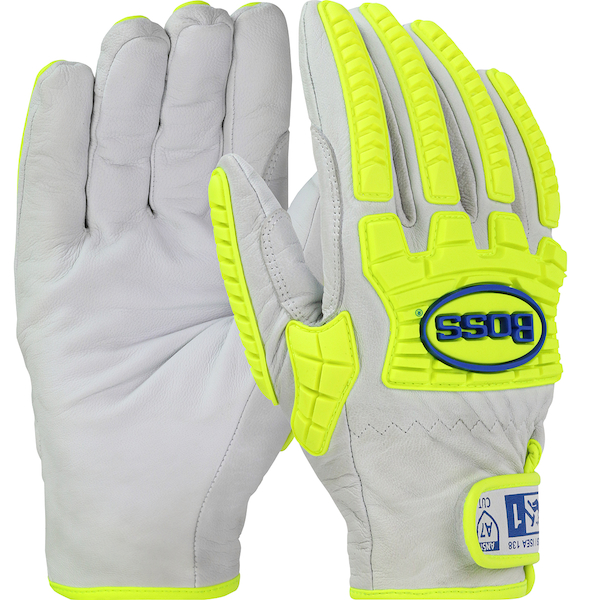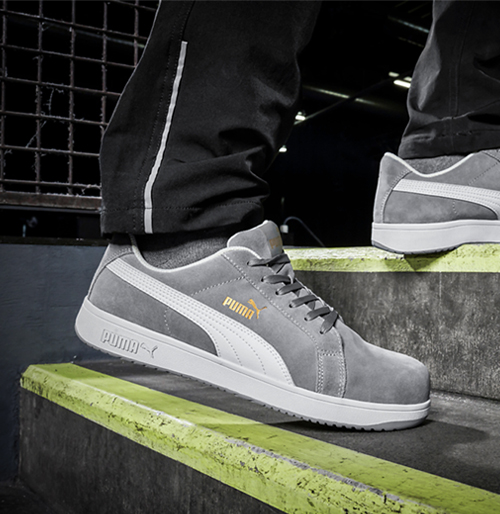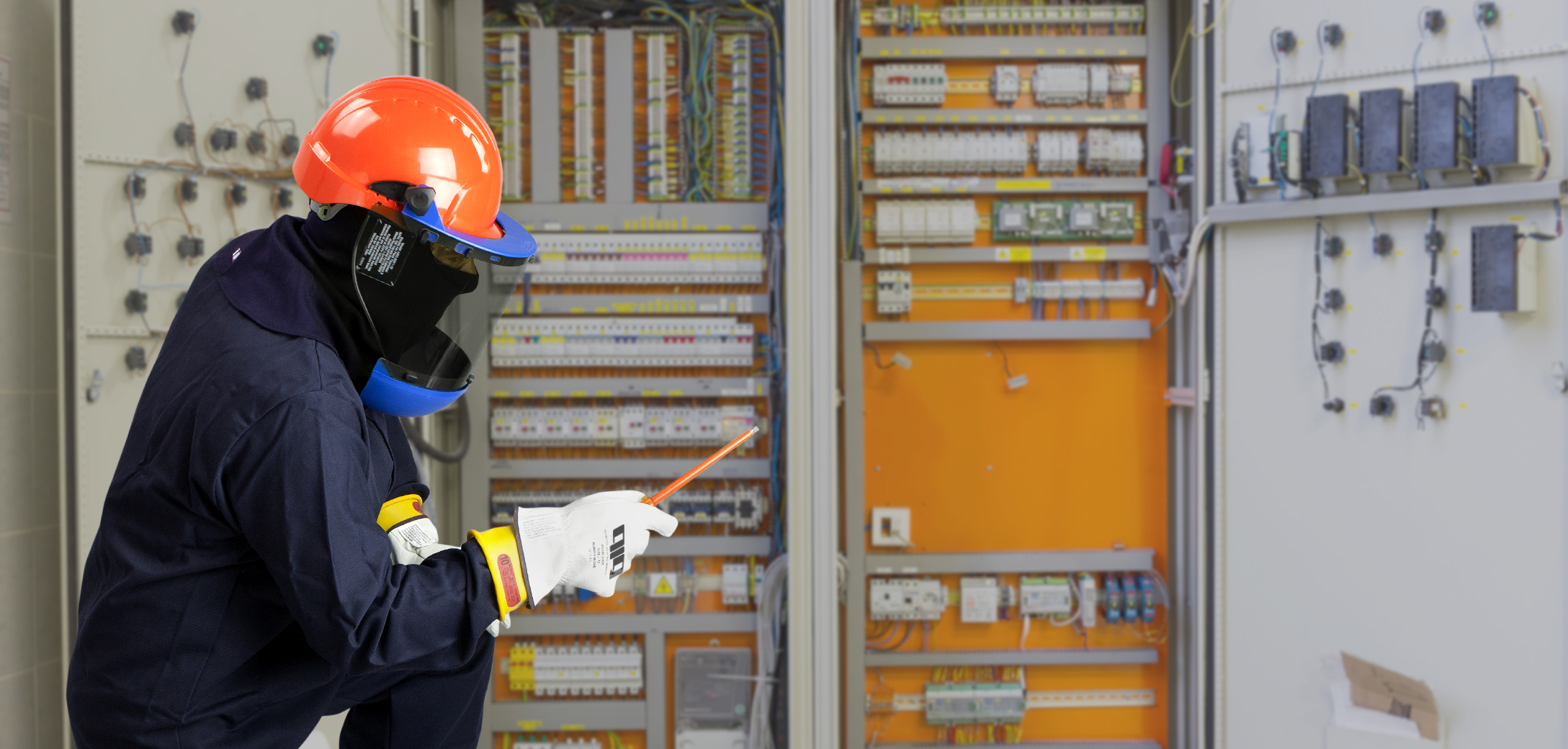
-
 General Purpose Gloves - CoatedMaxiFlex® Ultimate™34-874
General Purpose Gloves - CoatedMaxiFlex® Ultimate™34-874
-
 Cut Resistant GlovesMaxiFlex® Cut™34-8743
Cut Resistant GlovesMaxiFlex® Cut™34-8743
-
 Safety HelmetsTraverse™280-HP1491RVM
Safety HelmetsTraverse™280-HP1491RVM
-
 Extended Use Disposable GlovesGrippaz™ Skins67-246
Extended Use Disposable GlovesGrippaz™ Skins67-246
-
 Cut Resistant GlovesMaxiCut® Ultra™44-3745
Cut Resistant GlovesMaxiCut® Ultra™44-3745
-
 Extended Use Disposable GlovesGrippaz™ Engage67-307
Extended Use Disposable GlovesGrippaz™ Engage67-307
-
 Hi Performance GloveBoss®9916
Hi Performance GloveBoss®9916
-
 Cut Resistant GlovesMaxiFlex® Cut™34-1743
Cut Resistant GlovesMaxiFlex® Cut™34-1743
-
 Heated ApparelBoss®300-HV100
Heated ApparelBoss®300-HV100
-
 Ear PlugsPIP®267-HPB410
Ear PlugsPIP®267-HPB410
-
 Hard HatsKilimanjaro™280-HP642R
Hard HatsKilimanjaro™280-HP642R
-
 AccessoriesTraverse™251-HP1491PFS
AccessoriesTraverse™251-HP1491PFS




















 (3).jpg)



















































